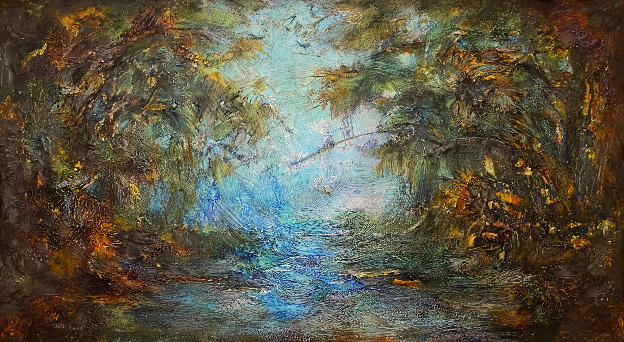Statement
I often think about the word wild and what it means in the early 21st century. Living and working as an artist in a large midwestern city, it often feels that the best way to interact with the wildness of nature is to travel outside the city limits to forest preserves, prairies, gardens, unincorporated farmlands, and other geographically rich areas to experience the restorative affects of the natural world. These locations are a home away from home and provide inspiration and a temporary respite from the intensity of city living.

Yet on closer inspection, these natural sites are often heavily guided by the human hand. Visitor friendly forest preserves, botanical gardens, prairie restoration projects, and reconstituted marshes are carefully designed and managed as protected spaces to ensure their sustainability and longevity. Through these necessary interfaces between human and nature. one often views the physical environment as spectator — standing on the sidelines—not quite in or of it yet completely dependent upon it.

So where is the wild? And what does it mean to be a living, breathing part of planet Earth’s wildness? These are the concepts that I consider in my work. Through walking research, I am also drawn to the urban wild — places where the rough, worn, and tactile earthiness of urban decay and detritus gathers the untamed imprints of time, weather, and neglect. I search for sites where nature’s resiliency is most apparent and where thoughtful practices transform what was geographically ill-conceived to what now shows signs of environmental recovery.
Building a relationship with the wild has lead me to studio practices that focus on sustainable materials and processes. I work primarily with drawing, painting, and printmaking methods on artisan papers, repurposed and handmade books, collagraph plates made with nature remnants, homemade inks, and junk mail made into painting surfaces. I draw upon the expressive textures, tones, colors, and repetitive patterns found in the waters of Lake Michigan, dune grasess and native prairie plants, rusty metal treasures, birds and insects, peeling viaduct paint, and re-wilded marshlands to express a sense of reverence for nature and the wild, wonder-filled stories it has to tell.